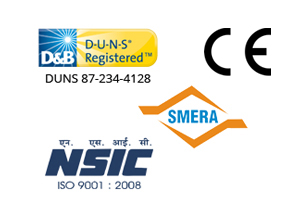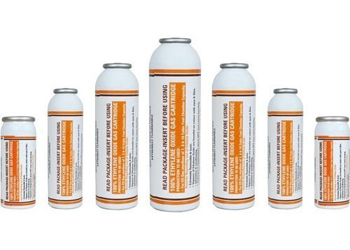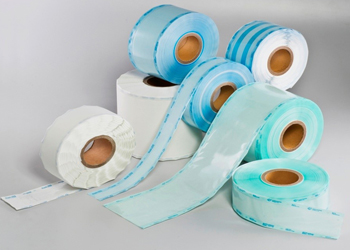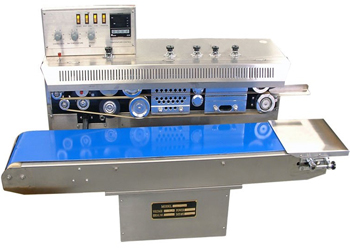Objective
This article presents a comprehensive and technical examination of hybrid sterilization techniques that integrate ethylene oxide sterilization with plasma and ultraviolet methods. The focus lies in understanding how the synergy of different technologies can enhance sterilization outcomes across various device types, particularly where conventional ETO sterilizers face limitations. The article provides relevant insight into equipment, process parameters and performance characteristics without advocating specific products or brands.
Introduction: Rethinking Sterilization Methodologies
Ethylene oxide sterilization has long been recognized for its ability to sterilize heat- and moisture-sensitive medical devices. However, with emerging demands for faster turnaround, safer handling and broader material compatibility, researchers and engineers are exploring hybrid sterilization systems. These involve combining ETO sterilizers with additional modalities such as low-temperature plasma sterilization and UV-C sterilization to augment sterilization performance.
Such combinations may not replace traditional systems but can enhance cycle efficiency, reduce EO gas usage or target specific microorganisms more effectively. A comparative study of these hybrid methods helps identify use cases where traditional ETO sterilizer processes can be adapted to meet new regulatory and technical expectations.
Understanding the ETO System in a Hybrid Framework
An ETO system, comprising an ethylene oxide sterilizer, gas delivery module, aeration chamber and monitoring setup, works by exposing products to EO gas under controlled humidity and temperature. The sterilizer machine ensures EO penetrates packaging materials and complex geometries, enabling deep sterilization.
However, EO’s long cycle times, need for aeration and residue concerns may limit its application in high-throughput or ultra-sensitive device processing environments. Integrating plasma or UV technologies into this workflow may allow:
- Reduced EO gas concentration
- Shortened exposure or aeration times
- Enhanced microbicidal spectrum
- Improved surface decontamination
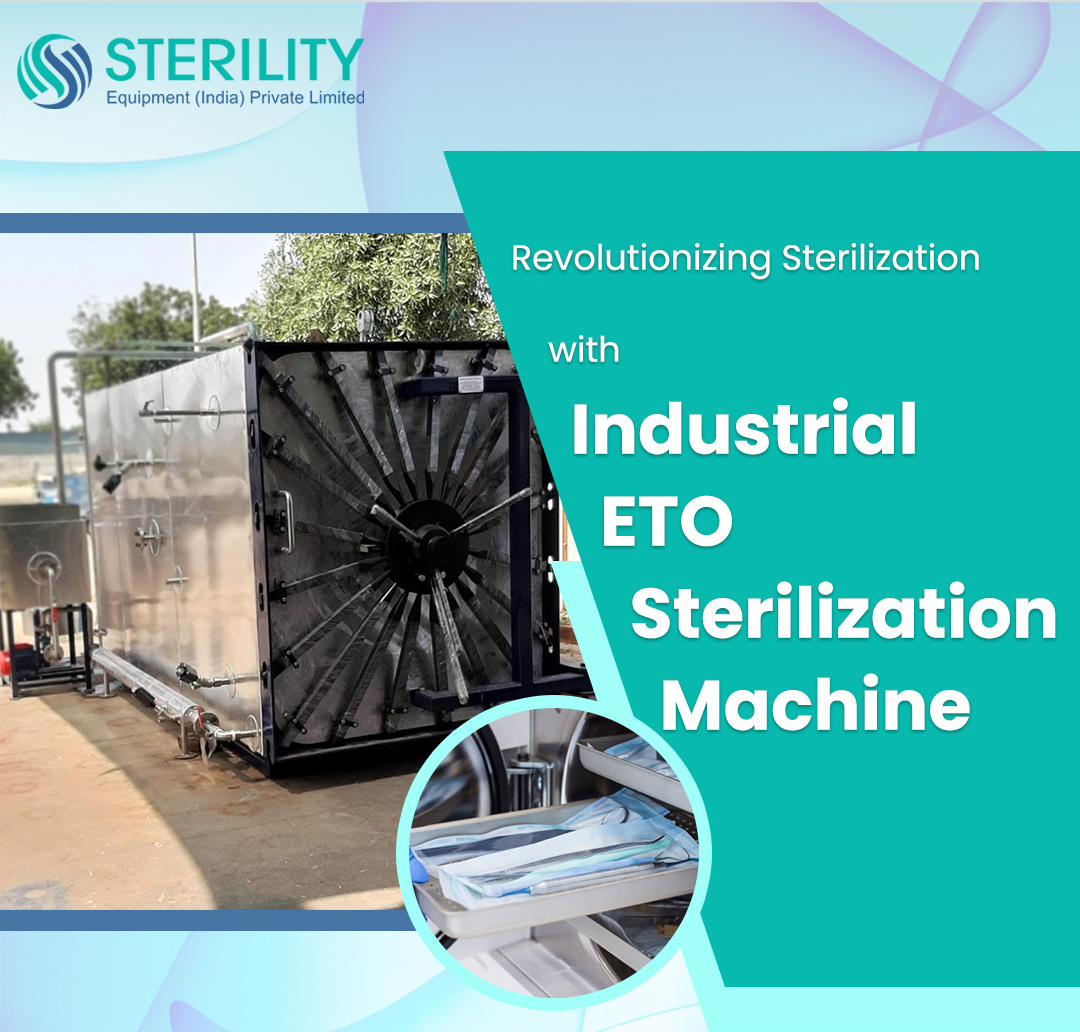
In hybrid systems, the role of EO remains critical for internal sterilization, while plasma or UV can act on surfaces or provide pre/post-treatment effects.
Plasma Sterilization: Integrating Cold Plasma with ETO Process
Plasma sterilization relies on ionized gas to disrupt microbial DNA. When coupled with the ETO sterilizer process, plasma may serve as a complementary or intermediate phase.
Characteristics:
- Cycle Phasing: Plasma is applied before EO to reduce bioburden or after EO to eliminate residues.
- Surface Optimization: Especially useful for devices with open surfaces or light-permeable structures.
- Reduced EO Usage: Preliminary plasma exposure may allow EO concentrations to be lowered.
- Material Compatibility: Generally supports polymers and electronics, though not all materials tolerate dual exposure.
ETO sterilization machines equipped with plasma modules require precise environmental control. These systems may operate at lower temperatures, which can support delicate biomedical devices.
However, engineering compatibility between plasma reactors and EO chambers requires meticulous calibration. Ventilation, ionization safety and process sequencing must be tightly integrated.
EO Sterilization: Enhancing Surface Decontamination in ETO Workflows
Ultraviolet-C (UV-C) sterilization is widely used for rapid surface decontamination. It offers instantaneous germicidal action against bacteria, viruses and spores on direct exposure. When implemented within hybrid ETO sterilizer systems, UV modules are typically used:
- Before EO exposure, as a dry decontamination step
- After EO aeration, to ensure surface-level sterility
- For packaging pre-treatment, reducing surface contamination risk
Key Technical Considerations:
- Line-of-Sight Limitation: UV is only effective on directly exposed surfaces.
- Integration Points: Often used in transfer hoods, preconditioning rooms or final packaging lines.
- No Residue: Makes UV a suitable enhancement for sterilized items requiring immediate use.
UV systems do not interfere with the core ethylene oxide sterilization parameters. Their primary role is adjunctive – adding another layer of assurance, especially when devices are repackaged or handled post-aeration. Facilities using hospital sterilizers may find UV modules useful for localized surface disinfection, especially when EO exposure is not sufficient or practical.
Comparison of ETO with Plasma vs. UV Hybrid Methods
| Feature | ETO + Plasma | ETO + UV |
| Sterilization Depth | Deep (EO) + Intermediate (Plasma) | Deep (EO) + Surface (UV) |
| Cycle Time | May be extended due to additional steps | Minimal addition to EO cycle |
| Residue Removal | Plasma may assist in EO residue breakdown | UV has no effect on EO residues |
| Material Compatibility | Suitable for most medical polymers | Only for materials tolerating UV-C |
| Target Use Case | Complex devices with mixed surfaces | Simple devices needing surface sterility |
| Integration Complexity | High (plasma system requires vacuum & control integration) | Low to moderate (standalone UV units possible) |
Both methods have distinct roles. Where EO is indispensable for internal sterilization, plasma may enhance residue reduction and interior chamber treatment. UV, on the other hand, is optimal for post-process assurance or surface-intensive applications.
Impact on ETO Sterilizer Machine Design and ETO Machine Price
Integrating additional modalities into a traditional ETO sterilization machine impacts both the sterilizer machine architecture and cost structure. For instance:
- Plasma-EO systems require vacuum chambers, gas injection controls and software synchronization, increasing complexity and ETO machine price.
- UV-EO systems may only need added UV lamps and shielding, making integration more cost-efficient for some applications.
Designers of modern ethylene oxide machines are now incorporating modularity to accommodate future upgrades like plasma or UV. This ensures that facilities can scale their sterilization capabilities without overhauling the core system.
Furthermore, ETO sterilizers documentation must evolve to include multi-step validations, combined efficacy reports and materials testing across different sterilization phases.
Sterility Assurance and Microbiological Considerations in Hybrid Methods
Microbiological validation of hybrid sterilization systems becomes more complex due to the involvement of multiple modalities. Standard EO validation focuses on achieving SAL through dose, time, humidity and temperature controls. When combining technologies, new variables are introduced:
- Synergistic effects of EO + plasma or EO + UV
- Sequential microbial inactivation models
- Heat and material deformation risks due to overlapping exposures
Regulatory documentation must clearly delineate each phase’s role in achieving sterility. Biological indicators (BIs), chemical indicators (CIs) and environmental monitoring must account for all modalities involved.
Some facilities may use computational modeling to predict microbial inactivation across hybrid cycles, optimizing the ETO sterilizer process without increasing exposure risks or exceeding material tolerances.
Conclusion
Hybrid sterilization techniques involving ethylene oxide, plasma and UV are emerging as viable solutions to the growing complexity of sterilizing sensitive and intricate medical devices. Each hybrid method provides unique strengths, whether it’s the deeper microbial reach of EO, the reactive precision of plasma or the clean surface action of UV-C.
While conventional ETO sterilizers remain foundational to sterilization infrastructure, integrating complementary technologies enhances flexibility, optimizes process times and supports stricter compliance frameworks. The future of sterilization lies not in choosing one technology over another but in combining them intelligently.
Engineers, microbiologists and equipment operators must collaboratively define and validate these hybrid sterilizer machine models. As innovation continues, ETO sterilization machines will become more adaptive, modular and capable of meeting varied and evolving clinical needs.
The development of ethylene oxide sterilizers that support dual-mode or multi-mode sterilization is not merely an advancement – it’s a response to the increasingly complex demands of modern healthcare environments.

